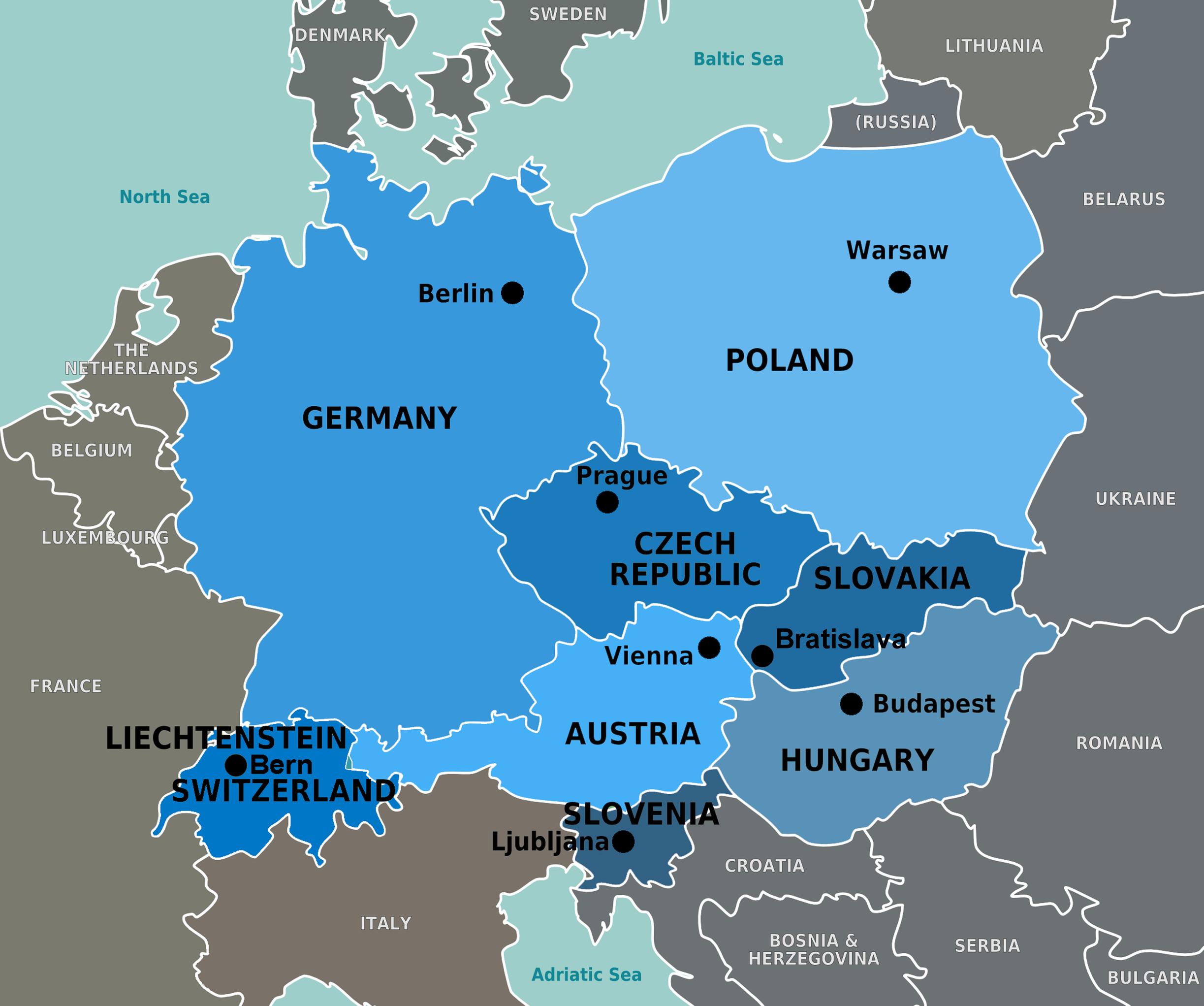Exciting Developments for Urban Sports Enthusiasts in Slovenia with New Skate Parks in Velenje and Ljubljana
Urban sports enthusiasts in Slovenia, particularly those interested in skateboarding and rollerbladi
moreShimano Maintains Steady Sales in Germany Amidst Varied Global Bike Market Dynamics
Despite facing challenging conditions in various global markets, Shimano continues to experience s
moreRSG Group Expands Global Reach with New John Reed Fitness Club in Berlin's Historic Building
RSG Group has inaugurated its premier John Reed fitness club in Berlin, marking a significant expans
moreWorld Class Invests Over EUR 25 Million in Romania: Expanding and Modernizing Health and Fitness Facilities Nationwide
World Class, a premier health and fitness network, has unveiled ambitious plans to invest over EUR 2
moreYour Space: Revolutionizing Women's Fitness in Armenia with a New Brand Identity
Located primarily in Yerevan, Armenia, Your Space is a pioneering chain of fitness centers designed
more
"Business
Partner search for the Sports industry in Central Europe"
You are here » Home Page
» CE Sports Business News
» The spa market in Central and Eastern Europe (CEE)
 2023-11-17
source own
2023-11-17
source own
The spa market in Central and Eastern Europe (CEE)
 2023-11-17
source own
2023-11-17
source own
The spa market in Central and Eastern Europe (CEE) has shown significant developments and trends over the past few years, reflecting a blend of traditional practices and modern innovations in wellness and healthcare.Market Overview and GrowthMarket Size and Segments: In 2022, the European spa market's total revenues were estimated at $32,232.8 million, with a compound annual growth rate (CAGR) of 2% from 2017 to 2022. The day/club/salon spa segment held the largest market share, accounting for 43.7% of the overall market value.Technological Advancements: Investment in technology to provide personalized solutions has been a significant factor driving market growth. This, combined with a growing awareness of self-care and the demand for stress relief and relaxation services, has contributed to the market's expansion .Consumer Trends and PreferencesImpact of the COVID-19 Pandemic: The spa market faced a sharp decline in 2020 due to the pandemic, with restrictions on travel and tourism severely impacting revenue. However, the market has been reviving, albeit slowly, as consumer interest in wellness services during vacation trips grows.Health and Wellness Focus: The increasing public awareness regarding health and wellbeing, coupled with rising disposable incomes, has changed the face of the spa market globally. Services like massages, facials, body scrubs, steam baths, waxing, and nail care are now seen as integral to personal health management and relaxation.Diversification of Services: Spas are diversifying their offerings to include health and aesthetics treatments. This shift towards a holistic approach to health and beauty is also being driven by corporate organizations promoting stress-relief practices for employees .Regional Dynamics in CEECountry-Specific Characteristics: In a study focusing on spa tourism in CEE countries (Croatia, Hungary, Serbia, and Slovenia) from 2010-2020, various characteristics were observed. Serbia was noted for its medical spa facilities, Slovenia and Croatia were characterized as “wellness medical” destinations, and Hungary was identified primarily as a wellness spa destination .Czech-Polish Cross-Border Area: The spa industry in the Czech-Polish cross-border region is noteworthy for being one of the largest concentrations of spas in both countries and throughout CEE. Despite this significance, there has been little focus on the spa industry as a source of Czech-Polish cooperation. Efforts are being made to rectify this with more effective coordination in using spa potential throughout this area.Predictions and Future TrendsPost-Pandemic Recovery and Trends: Predictions for the post-pandemic period (2023-2025) suggest continued growth in the spa market, with an emphasis on wellness and medical treatments. This trend is in line with the global shift towards more holistic health and wellness practices .In summary, the spa market in Central and Eastern Europe is experiencing a phase of recovery and growth, driven by technological advancements, a focus on holistic health, and diversified service offerings. The trends indicate a bright future for the industry, with an increasing emphasis on wellness and health-oriented services.









